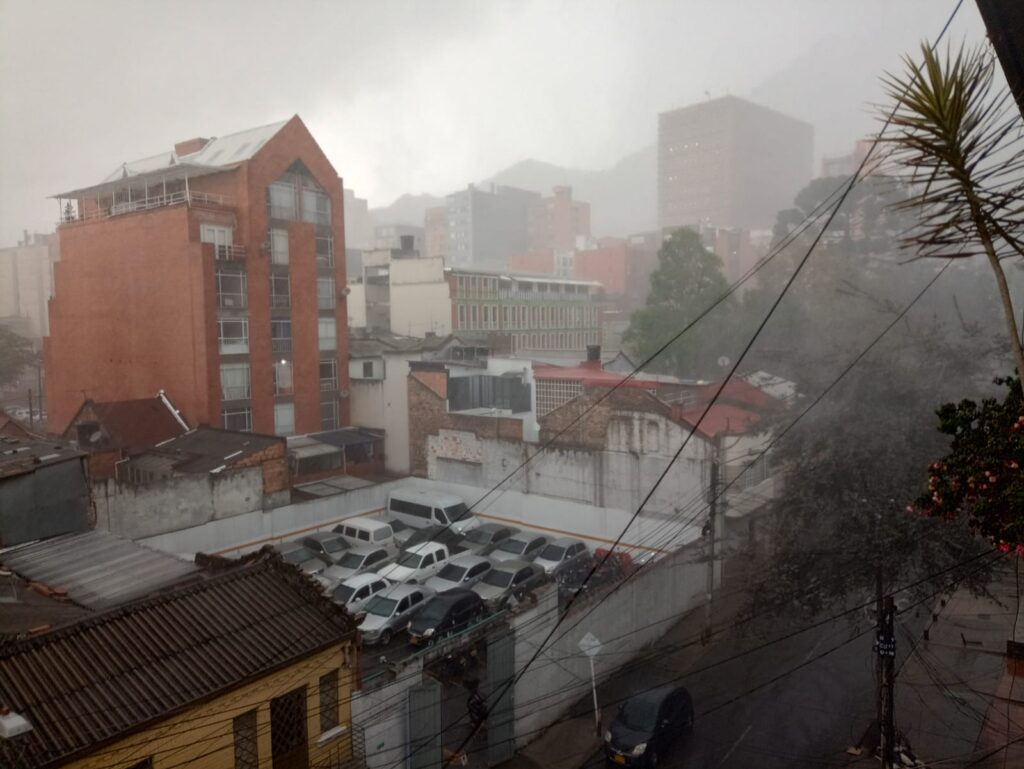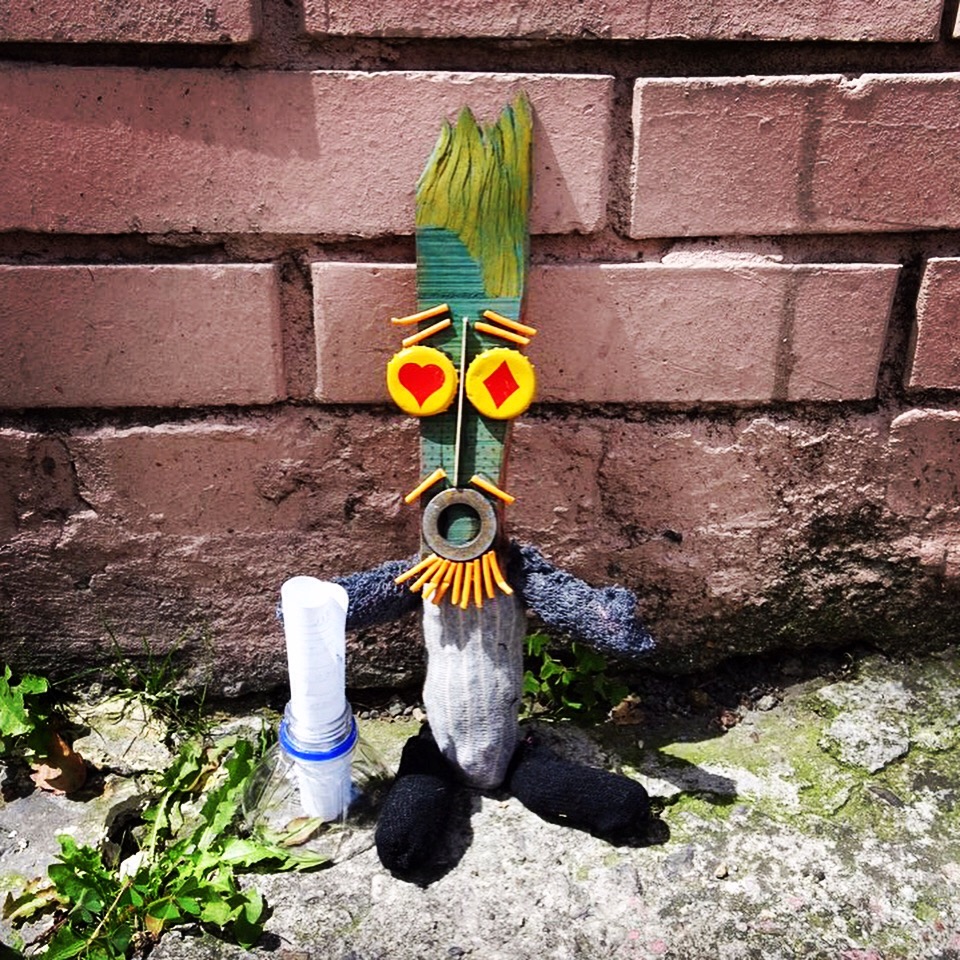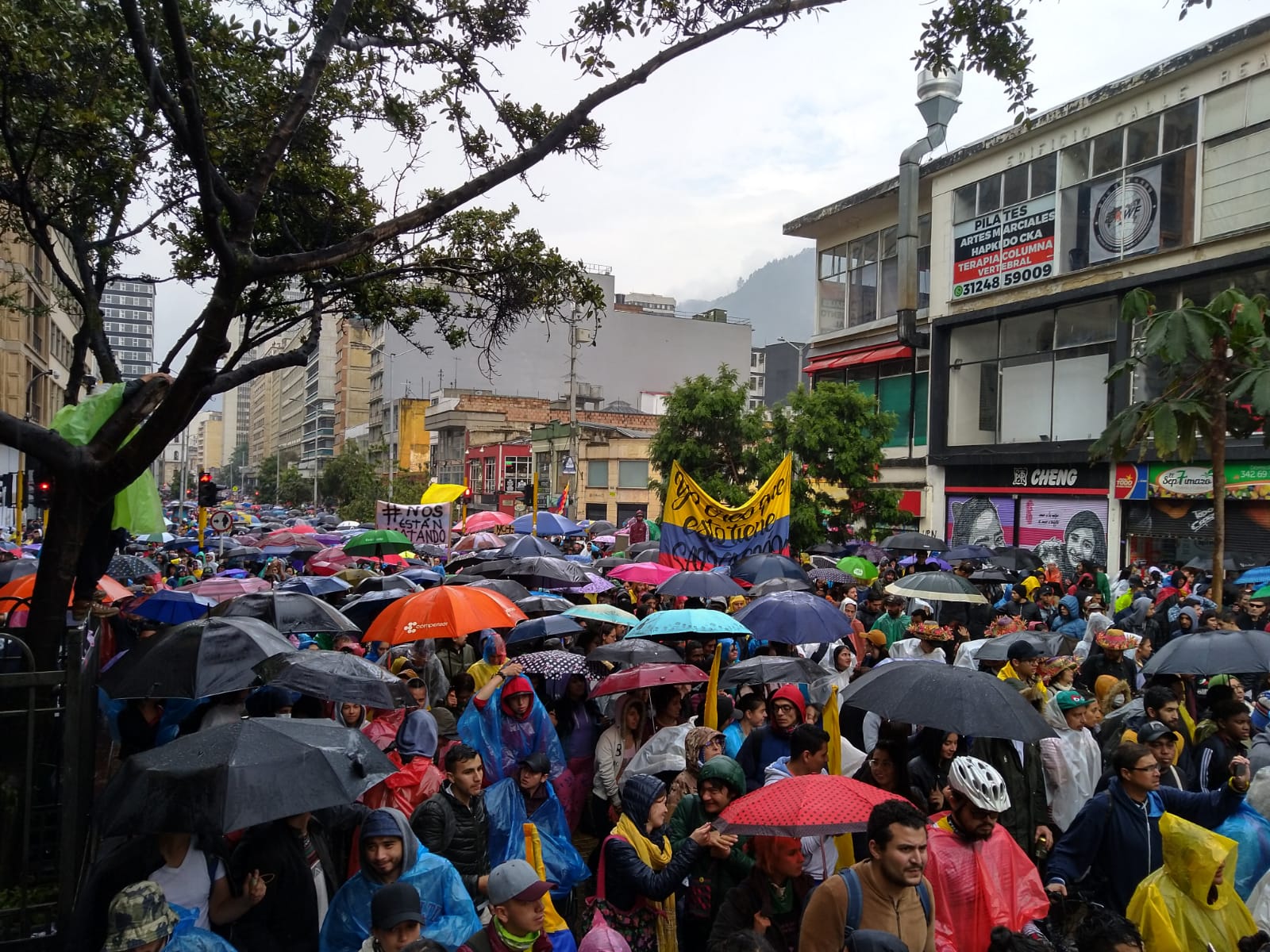Coleridge would have appreciated mayor Galán’s sense of irony in intensifying water rationing as we enter the rainy season.
The long-awaited rains have finally arrived in Bogotá and not a moment too soon for the now-parched city. At the same time, we are going back to water cuts every nine days again. That’s because of the extremely dry last few months, of course, even if rains are coming.

After weeks of unusually dry conditions and a couple of years with extremely limited rainy seasons, the reservoirs that serve Bogotá have been severely depleted. That was down to the El Niño weather phenomenon, which is now giving way to La Niña, which brings colder, rainier weather to the city.
Still, it’s at best unfortunate and at worst obdurate to be asking people to save water while it’s about to pour out of the skies on a regular basis. The mayor has already had a devil of a time actually getting people to cut their water use – that’ll be even harder when there are daily downpours.
What’s the current position?
Right now, the main reservoirs that serve Bogotá are less than half full – a long way off the target of 70% by the end of October. The Chingaza system provides most of our water, and it’s still critically low, with little impact so far from the recent rains.
On top of that, water consumption has been rising again – and it’s barely ever touched the target of 15 cubic metres per second.
Few in Bogotá have taken heed of the mayor’s calls to cut water consumption, many seeing it as not their responsibility and the fault of the water companies. There’s certainly plenty of truth in that, of course. The city’s water company, EAAB (Acueducto) runs a shockingly bad service at a high cost.
But however bad Acueducto may be, we’re all in the problem now and we should all be doing our part to keep the reservoirs from running empty. However, that’s just not happening. It’s easy to blame the mayor, but he’s not making people water concrete or chuck water at windows like they’re painting a Tibetan monastery.
The problem is that Colombia as a whole and Bogotá in particular have been largely ignoring infrastructure for a couple of decades, and resource consumption has been growing as GDP goes up. That applies to a wide slew of things in the country – but energy and water are perhaps the most easily visible.
Energy is firmly tied to water in Colombia, with some 70% of the energy supply coming from hydro plants. Earlier this year, exports to Ecuador were cut in order to safeguard local supply, and Galán has refused to rule out brownouts in Bogotá.
How bad will La Niña be?
What complicates matters somewhat is trying to work out how strong this La Niña effect will be. Most long term forecasts seem to suggest it will be relatively weak in comparison to similar years. That doesn’t mean there will be less rain than the average, only that it will be only a little more than average.
And there is even some dispute over whether this really is a La Niña effect or not. It was widely predicted to develop from as long ago as this time last year, but the start date kept sliding back until IDEAM declared it in mid-September. Current predictions are that it will last through the winter and be over by springtime.
Last weekend saw prolonged rain of the type we will need for the 48 hours from Saturday afternoon, but the following week has seen only sporadic rainfall as October opened. The intense afternoon tropical squalls are very much with us now.
In many ways, the worst thing for Bogotá is occasional heavy downpours, or aguaceros. These typically arrive with little warning and can be exceptionally fierce, meaning they stop traffic, collapse the transmi and cause flash floods. When they arrive after a dry spell, they turn accumulated dust into sludge, blocking drains and turning roads into ice rinks.

Talking of blocking drains, that’s very much an extant worry in the city – flaws in rubbish collection has been ignored for months now, meaning that a lot of storm drains are now cluttered up with plastic and the like.
So hopefully the rainy season this year will get our reservoirs back to the levels we need to guarantee a secure and reliable water supply for a while at least. In the meantime, infrastructure upgrades can be made, guaranteeing a long-term solution.
Whether any of that will actually happen, of course, is a more difficult question to answer, for many reasons. Perhaps chief among them is the worry that once the panic has passed, Acueducto will once more rest on their laurels.
That would be potentially catastrophic, as climate change may mean that this is poised to become more common in years to come. This should be seen as a wake-up call to fix the roof when the sun is shining rather than take emergency measures when it’s already too late.





